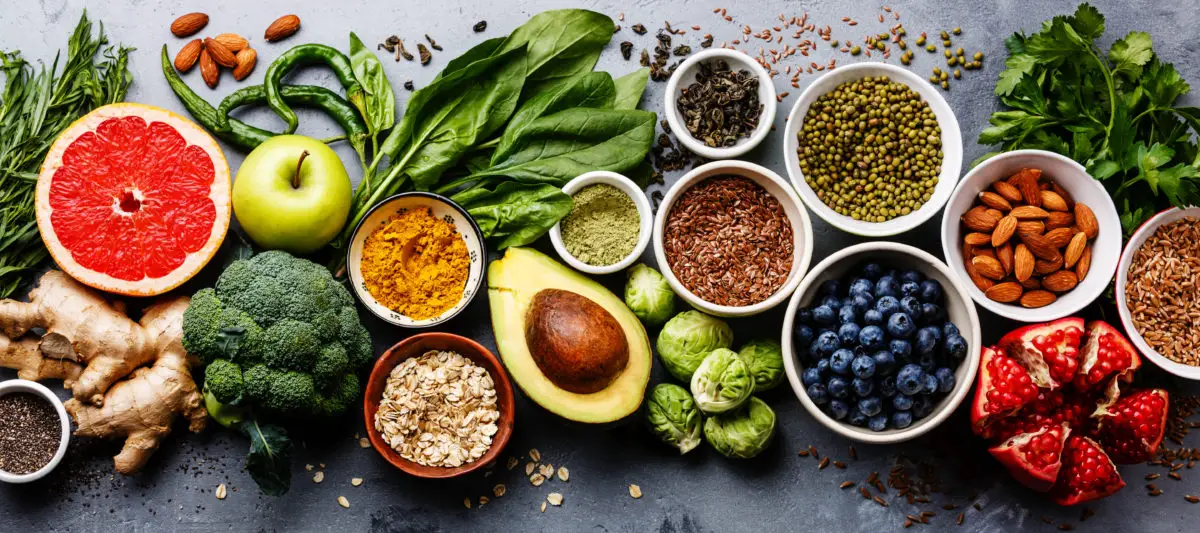March is here, Spring is around the corner and after a year spent at home, pandemic-related restrictions are starting to roll back. Restaurants, gyms, businesses and schools are reopening. The coronavirus vaccine rollout means it will soon be safer to travel and socialize in person. Before long, there will be lots of places to go. But will your pants still fit?!
A WebMD poll found that 54 percent of respondents gained weight during the pandemic. The reasons varied: not leaving the house, easy access to snacks, boredom, stress, sleeplessness and limited exercise.
March is National Nutrition Month and this annual reminder to follow a healthy diet is coming at the perfect time. If you start now, you can shed those pandemic pounds in time for summer social events.
Timing Meals and Workouts
If you’re serious about a lifestyle change, you’re probably combining exercise with a healthy diet. Learn what to eat before and after your workout to improve your stamina during the workout and help muscle recovery afterward.
- Snack tactics: Eating healthy carbs gives your muscles fuel to burn and you’ll have energy for a longer, more intense workout. If your workout is shorter than 45 minutes, no snack is needed.
- Pre-workout snacks: For a quick burst of energy, have cereal and milk, a peanut butter and jelly sandwich or wheat toast and fruit.
- Stay hydrated: Water helps your body keep cool. Two hours before exercising, drink two cups of water and then drink another cup fifteen minutes before working out. To rehydrate during intense workouts of an hour or more, consume a sports drink.
- Recover post-workout: After a workout, eat a meal with carbohydrates and protein to help your muscles recover. Suggestions for post-workout meals include chicken with vegetables, a vegetarian omelet with avocado, or salmon and a baked potato. If it isn’t possible to eat a meal, have a snack within 20 minutes.
Jumpstart Your Diet During National Nutrition Month
Weight loss isn’t the only benefit of healthy eating. A nutritious diet gives you more energy, better concentration and can help improve your mood. It can also reduce the risk of cancer and heart disease. In honor of National Nutrition Month, the Academy of Nutrition and Dietetics created the following list of tips for healthy eating.
- Make half your plate fruits and vegetables: Add color, flavor and texture to your plate with fruits and vegetables. Plan to consume two cups of fruit and two and a half cups of vegetables each day. Sample different types, including fresh, frozen or canned.
- Watch portion sizes: Eating the recommended serving size helps aid proper digestion. Use measuring cups to ensure your portions are not too large and remember to eat slowly so you are aware when you feel full.
- Be active: Any amount of activity is valuable – the important part is to get started! For the best results, children and teens should get at least an hour of activity per day, while adults should aim for 40 minutes or more daily.
- Read food labels: Always check the labels to choose foods with healthy ingredients and fewer calories. It’s important to make note of how much sugar or sodium various foods have, as well as other healthy – or unhealthy – ingredients or supplements.
- Fix healthy snacks: Surprisingly, snacking can be part of a weight loss plan. To sustain your energy level between meals, choose healthy snacks from two food groups — fruits and vegetables, or dairy and protein.
- Consult a dietitian: For a customized nutrition plan, working with a registered dietitian and be very beneficial. You’ll receive professional and personalized advice whether your goal is weight loss, disease management or lowering health risks.
- Follow food safety guidelines: Protect your health with proper food safety. Examples include separating raw foods from cooked foods, cooking foods to the proper internal temperature, and refrigerating foods promptly.
- Drink more water: It’s easy to overlook calories and sugar consumed in drinks. If weight loss is your goal, stay hydrated with water instead of juice or soda.
- Order out without ditching goals: To stick to your healthy eating plan, read the menu before going to the restaurant. Choose carefully and look for options that are grilled, baked, broiled or steamed. These cooking methods yield fewer calories than fried, crispy or sautéed foods.
- Experiment with plant-based meals: Meatless meals are both budget-friendly and lower in calories. Research delicious new recipes or substitute vegetables, beans and lentils for meals using meat and poultry. To start, try having one meatless dinner per week.
Just as March brings a transition from winter to spring, let National Nutrition Month be your guide and transition to a healthier lifestyle. To get in shape for post-pandemic socializing, commit to new habits for the full month and beyond!






